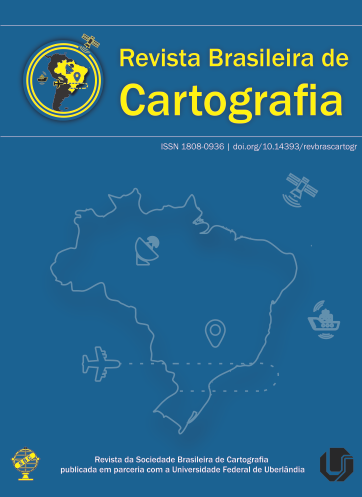Theoretical Aspects of the On-Orbit Geometric Calibration of Pushbroom Linear Imaging Remote Sensors
Main Article Content
Abstract
In order that the full potential of geometric accuracy of spatial information extracted from images of orbital pushbroom linear remote sensors can be achieved, it is essential that all systematic errors present in the data acquisition process are taken into account. In addition, the proximity of values to physical reality is essential. In the context of the rigorous orientation, the interior orientation parameters must be properly identified and their values must be estimated before and immediately after the sensor is placed on orbit. Likewise, the refinement of the mounting parameters and the refinement of the alignment of the spectral bands must occur. On orbit, from time to time, new estimates are necessary to verify changes in values. This is not only due to change in the physical characteristics of the environment, but also due to the wear and tear of the constituent internal components. This activity is called on orbit geometric calibration. In this paper the main theoretical aspects involved in the process were presented, without, however, intending to exhaust the subject.
Downloads
Metrics
Article Details

This work is licensed under a Creative Commons Attribution 3.0 Unported License.
Authors who publish in this journal agree to the following terms:
- Authors retain copyright and grant the journal right of first publication with the work simultaneously licensed under a Creative Commons Attribution License that allows others to share the work with an acknowledgment of the work's authorship and initial publication in this journal.
- Authors can enter into separate, additional contractual arrangements for the non-exclusive distribution of the journal's published version of the work (e.g., post it to an institutional repository or publish it in a book), with an acknowledgment of its initial publication in this journal.
- Authors are permitted and encouraged to post their work online (e.g., in institutional repositories or on their website) before and during the submission process, as it can lead to productive exchanges, as well as earlier and greater citation of published work (see "The Effect of Open Access").





